German artist and photographer Hein Gravenhorst (b. 1937) was instrumental in the Generative Photography movement, which emerged in the 1960s to redefine photography by emphasizing structured image creation over traditional representation.
At a time when photography was primarily representational, Gravenhorst, along with other artists such as Gottfried Jäger and Kilian Breier, developed techniques for creating abstract geometric compositions with photomechanical processes and analog techniques, helping to establish the principles of generative art.
A defining series in Gravenhorst’s work, Photomechanical Transformations, used analog techniques to produce geometric patterns with a focus on internal coherence.Later in his career, he extended these principles to digital art, producing works he described as “energy fields” that encourage a contemplative, non-verbal engagement with the viewer. By refraining from using descriptive titles or explanations, Gravenhorst emphasizes the viewer’s individual response to the artwork over representational interpretation.
Gravenhorst’s inclusion in major collections like MoMA underscores his role in transforming photography from a representational medium to one rooted in systematic, concept-driven creation, bridging the analog and digital realms of generative art.
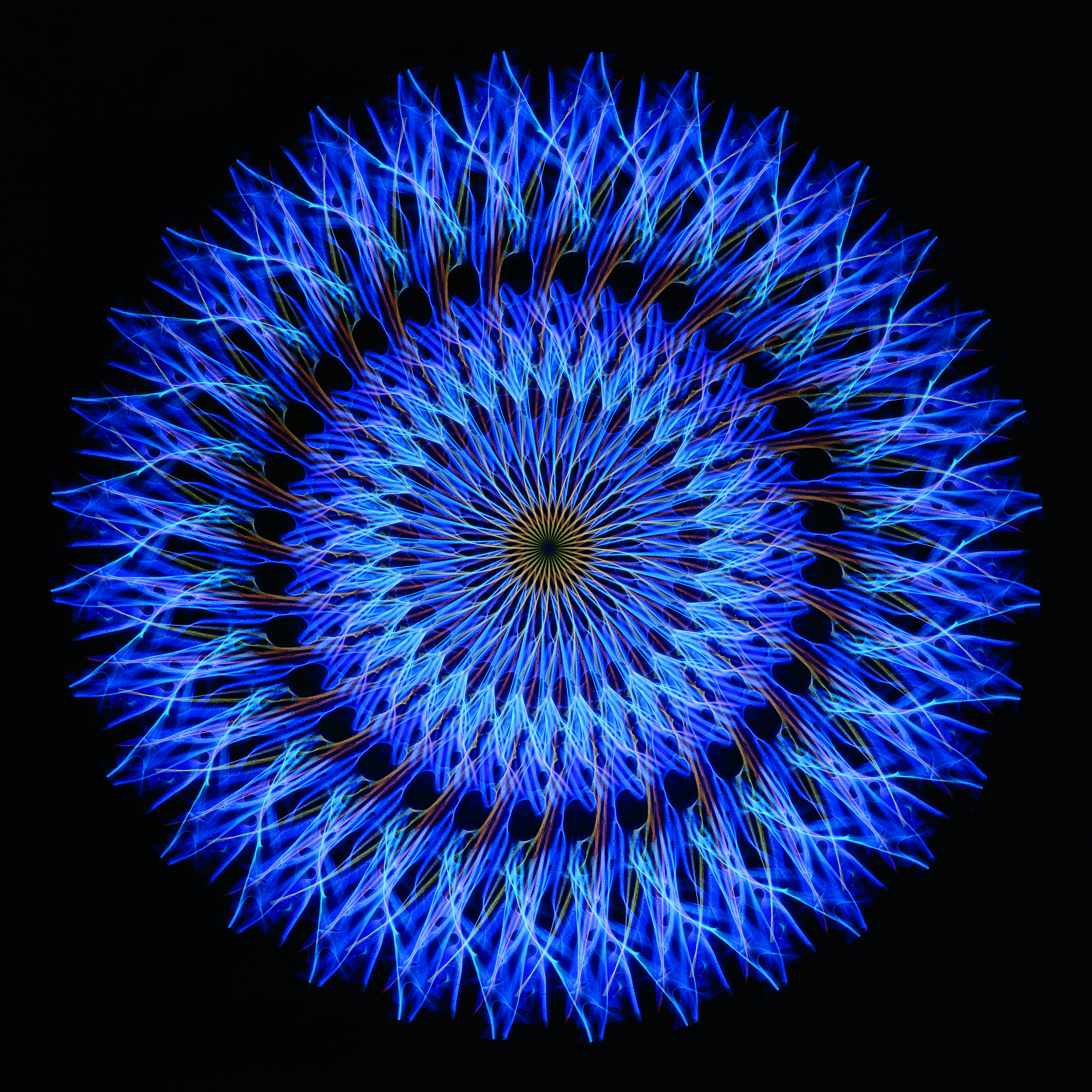
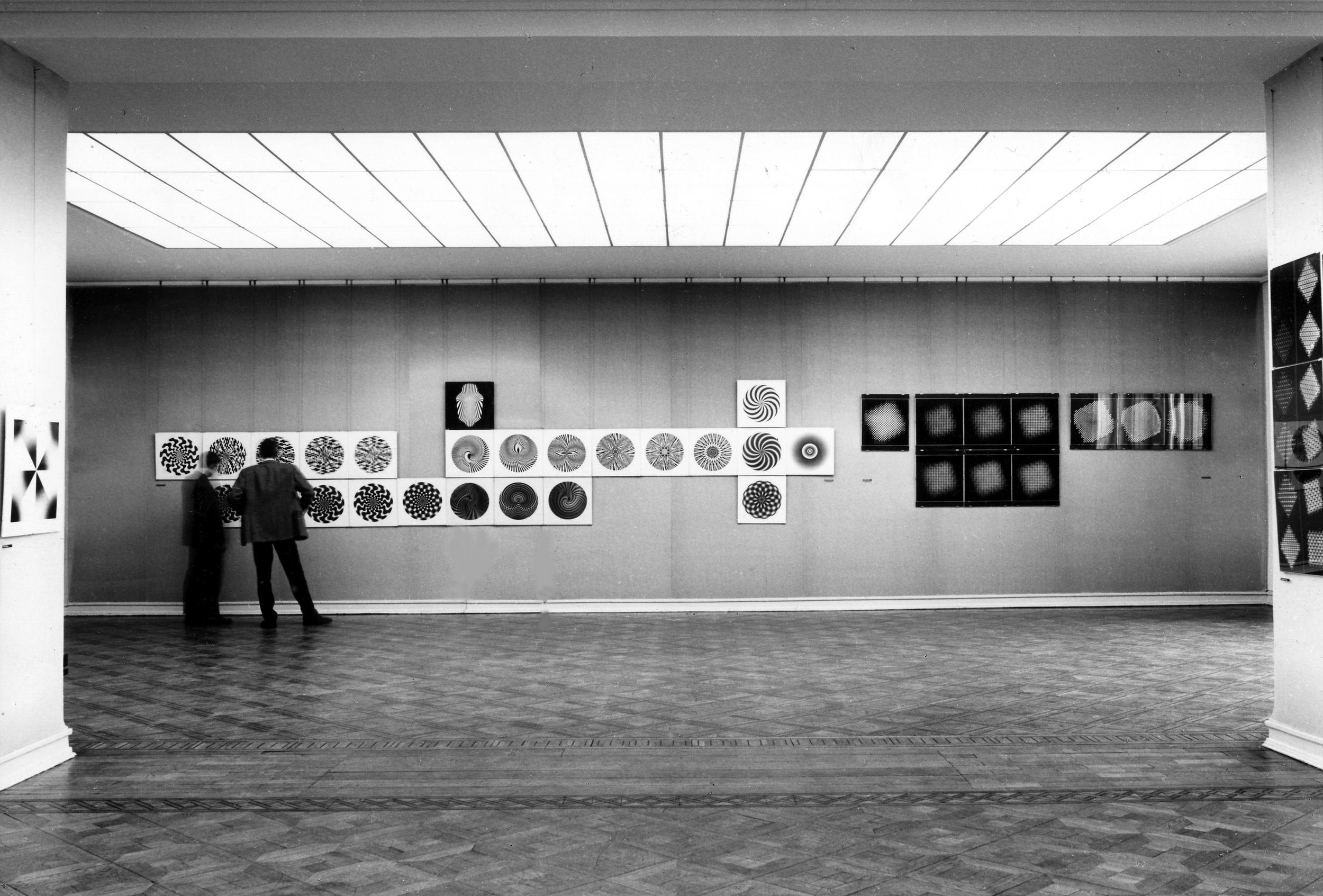
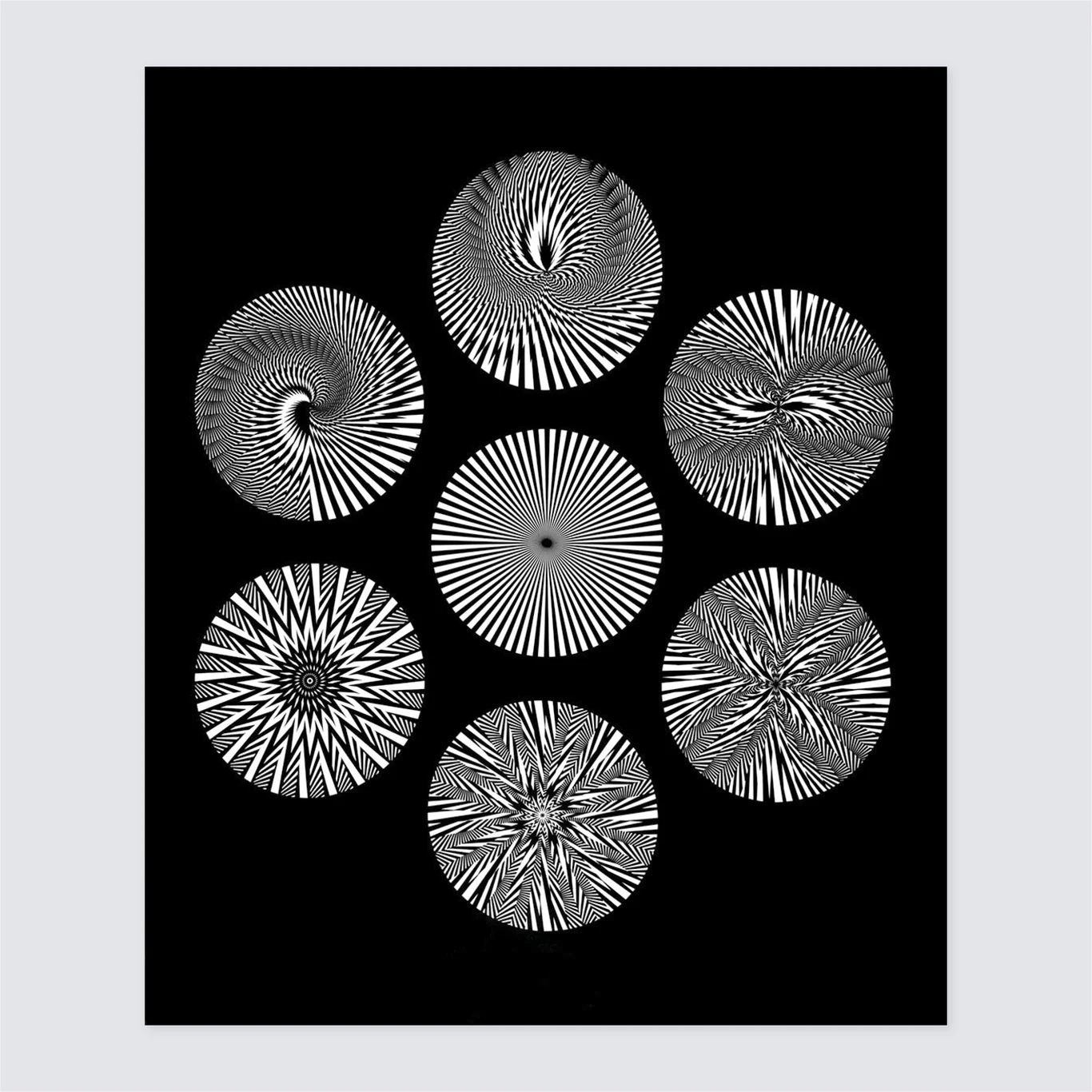

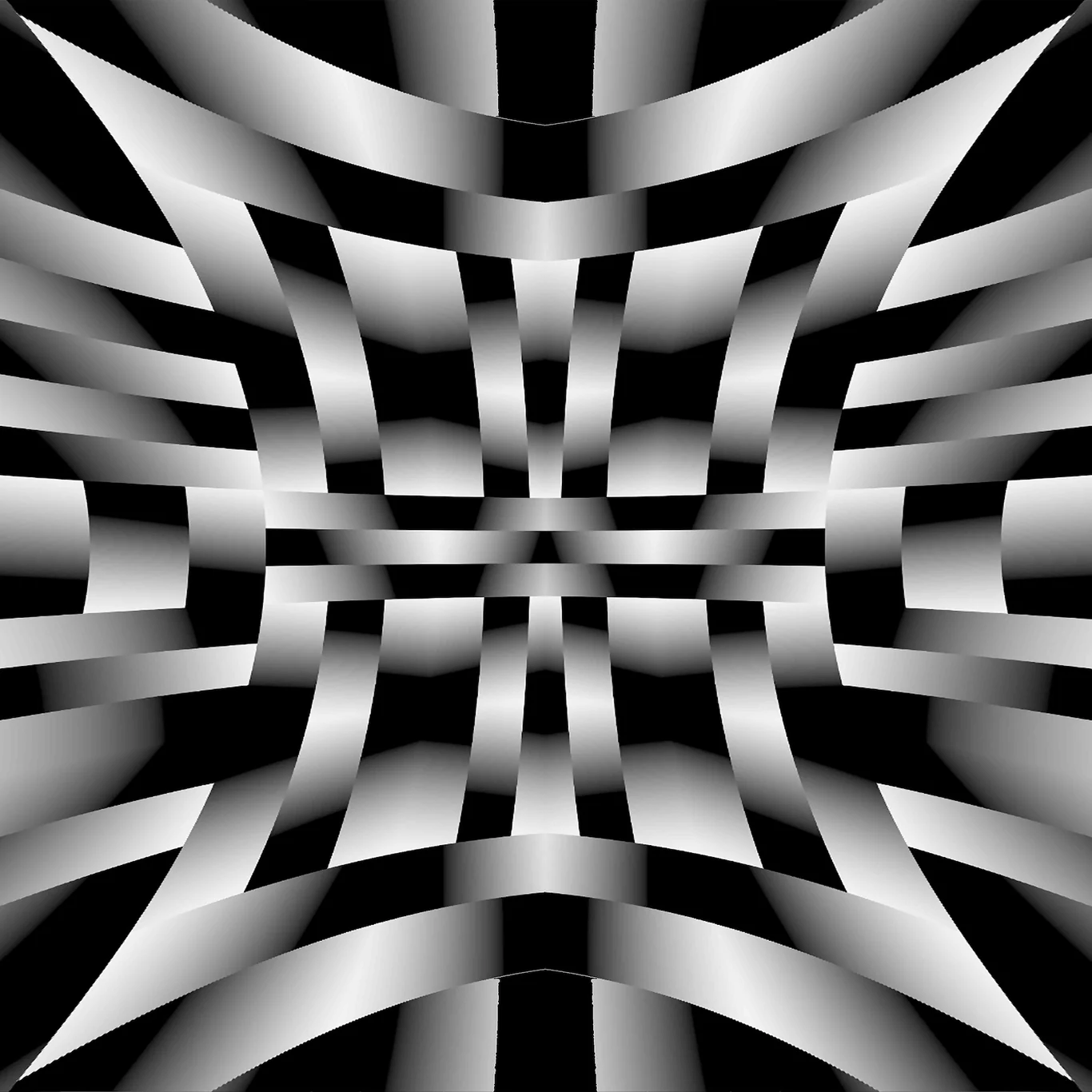
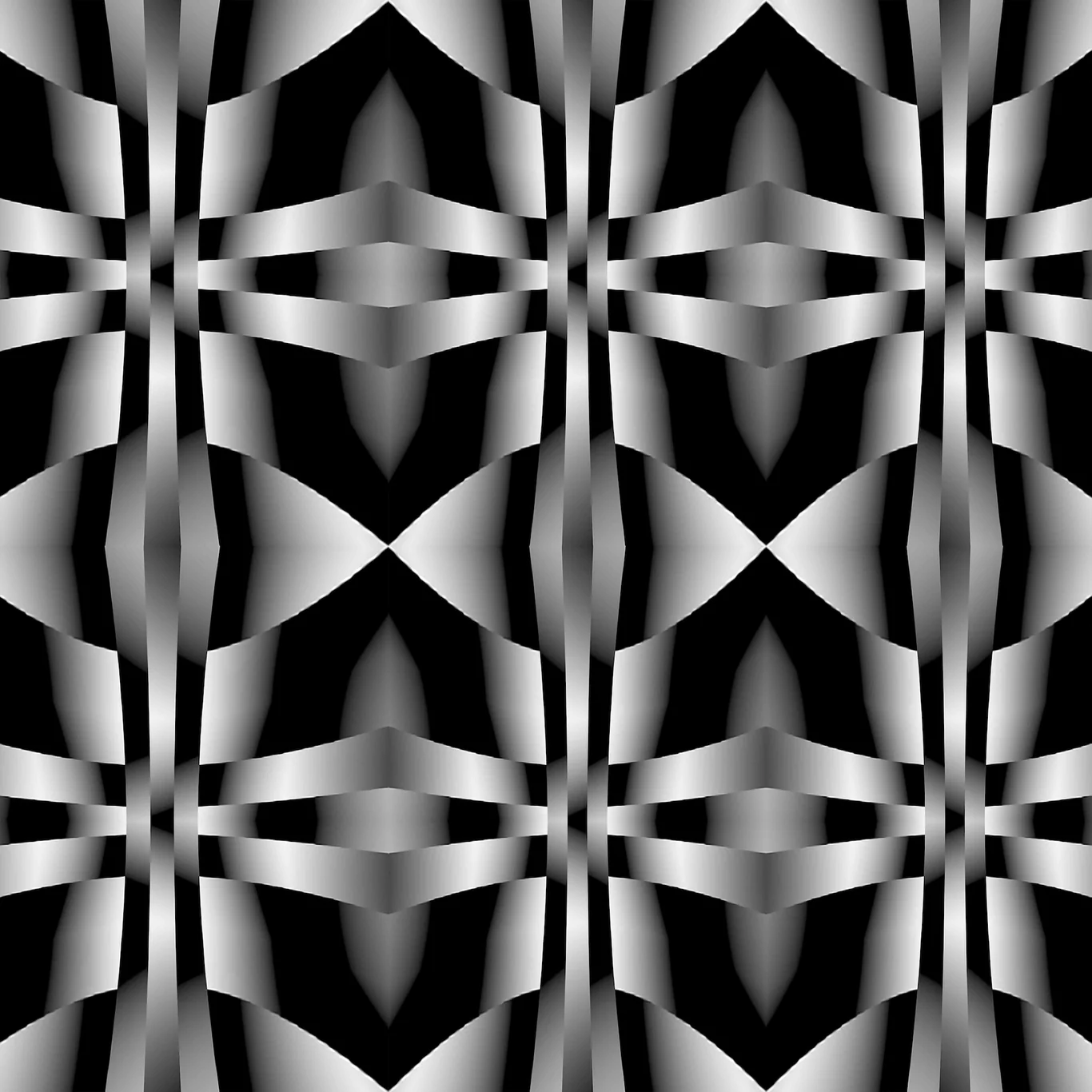
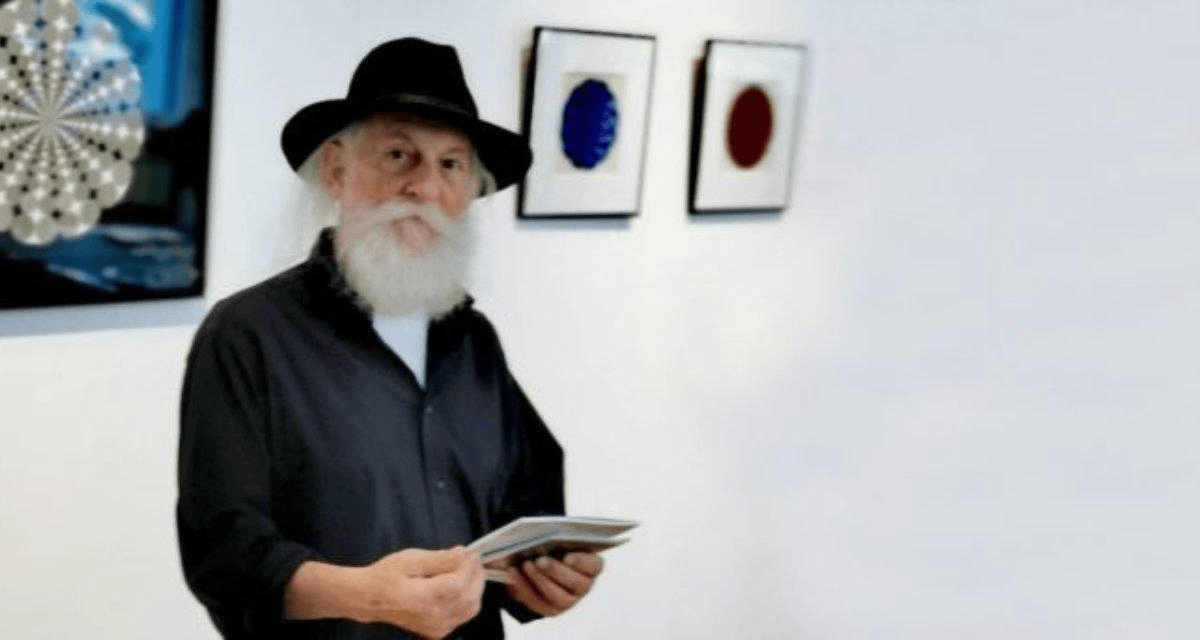
For updates on all of our upcoming editorial features and artist interviews, subscribe to our newsletter below.